BoC Deputy Governor Lawrence Schembri said that Fed’s adoption of a more dovish policy framework last week could in the end benefit the Canadian Economy. The central bank is also considering to allow an inflation overshoot like the Fed does.
“Our models show that despite an appreciation of the (Canadian) dollar that might result from the Fed lowering interest rates, on net we’re better off because there’s more activity and more demand for Canadian exports,”he said.”
“Maybe there’s an opportunity to overshoot the target a little bit or tolerate an overshoot if we want to be aggressive in reducing the risk of being at the effective lower bound,” Schembri said. “We might be willing to tolerate a small overshoot or, like the Fed has done, actually aim for an overshoot. And that’s a question we are pondering right now.”




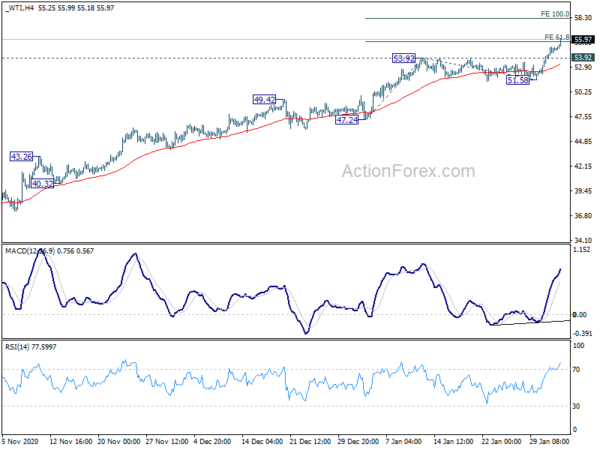
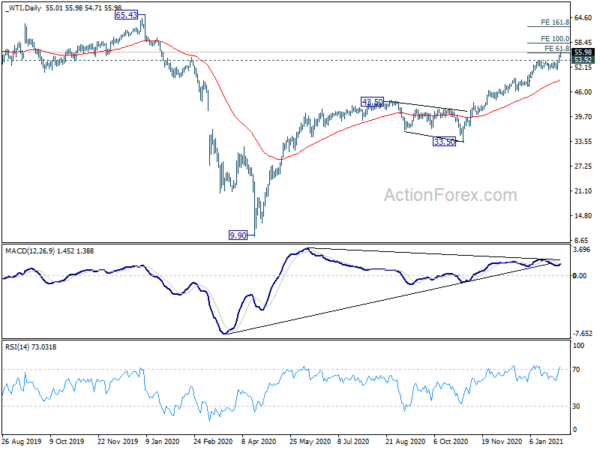
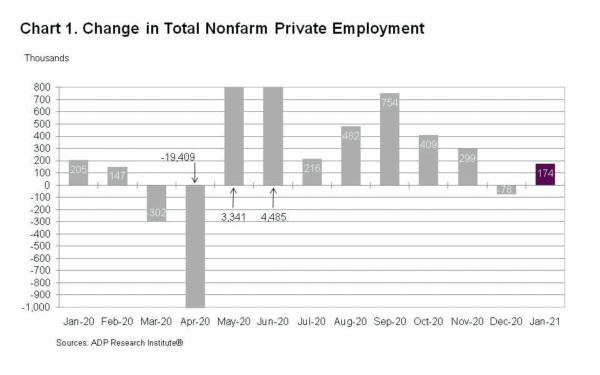

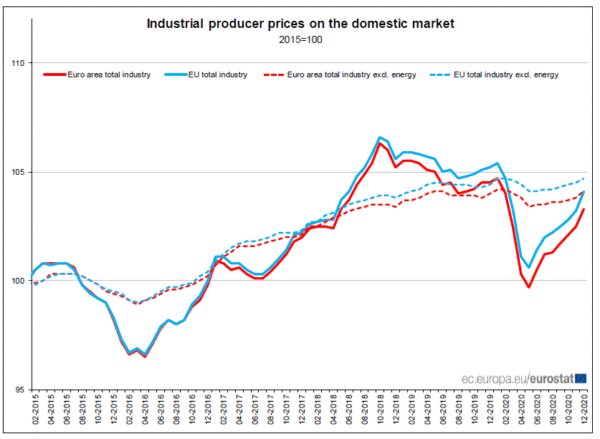
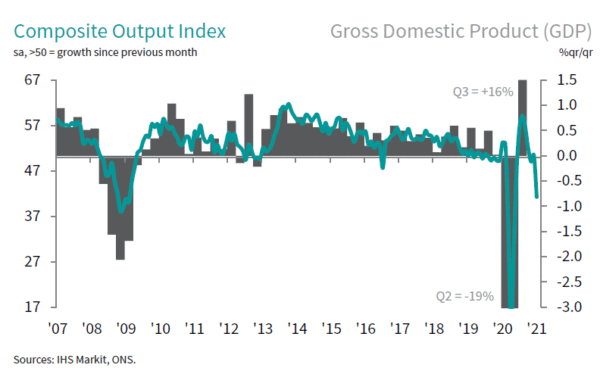
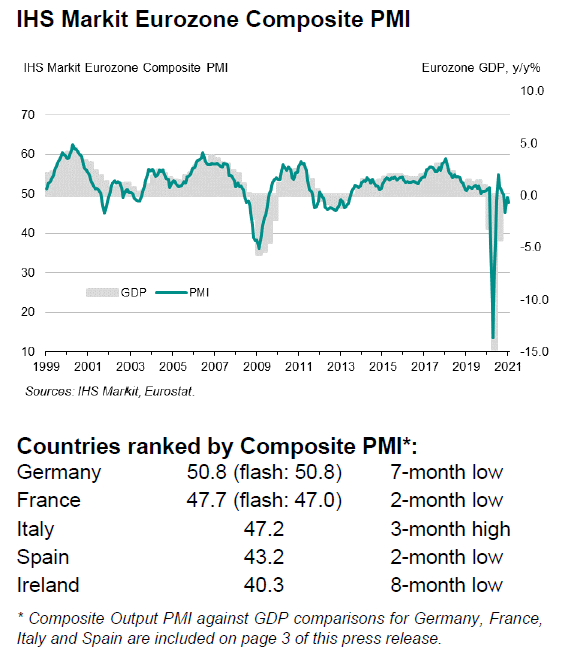
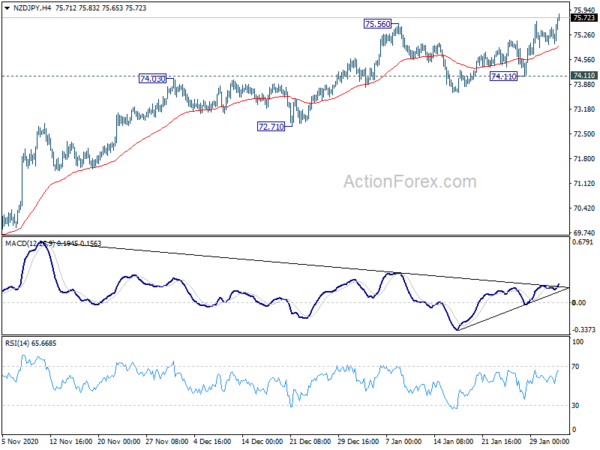
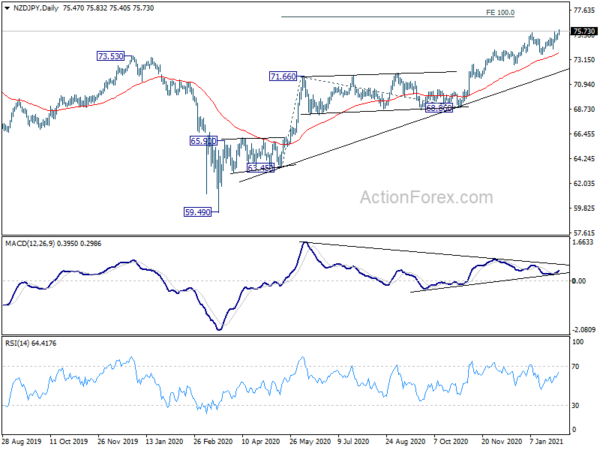
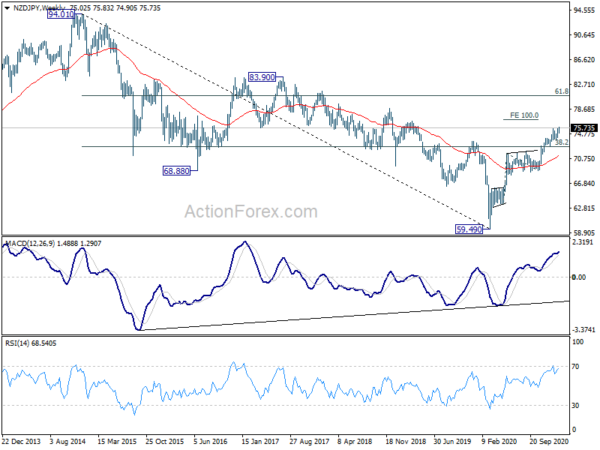
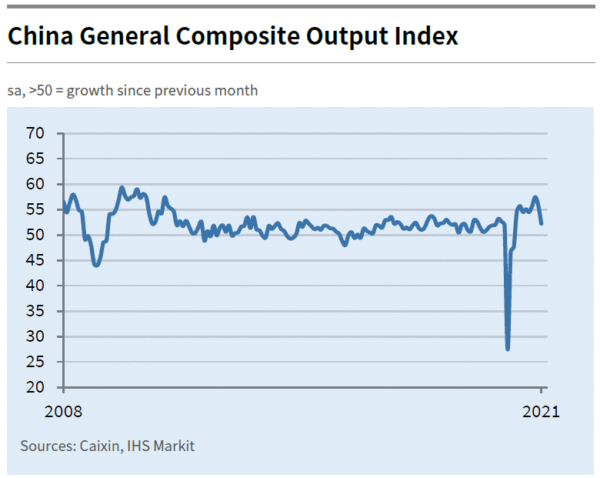
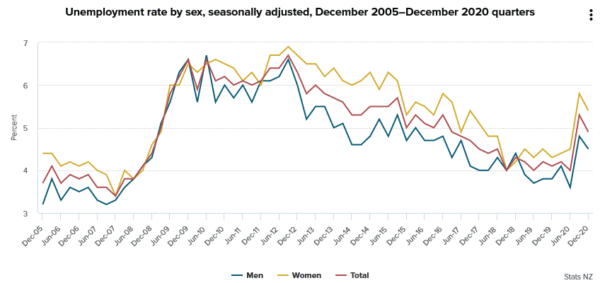
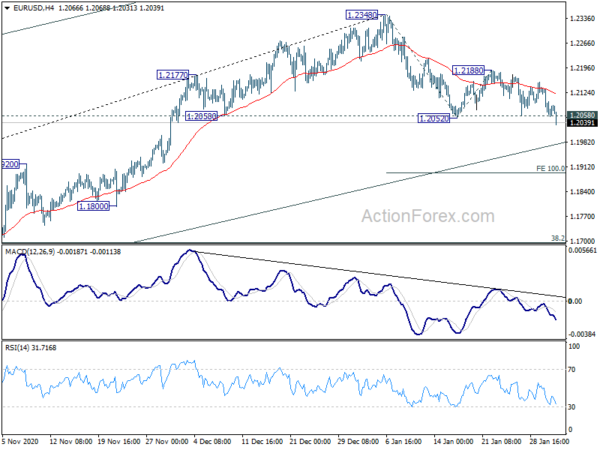
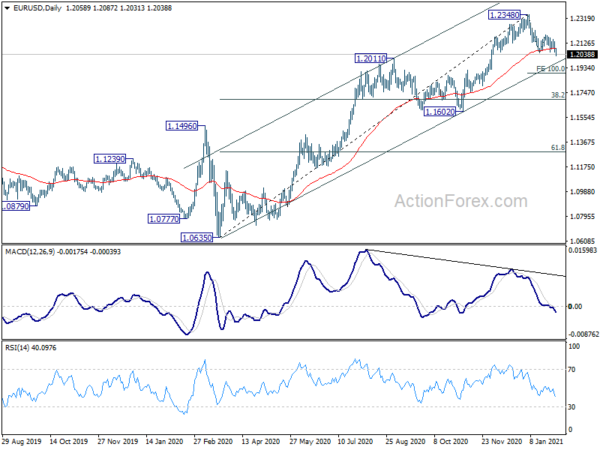
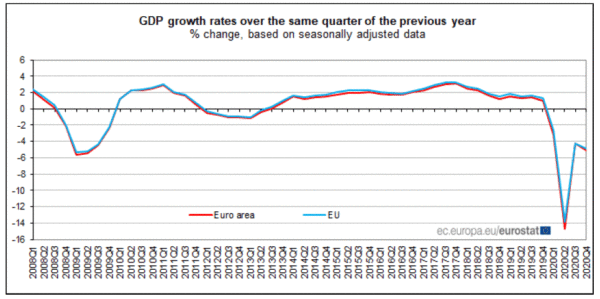
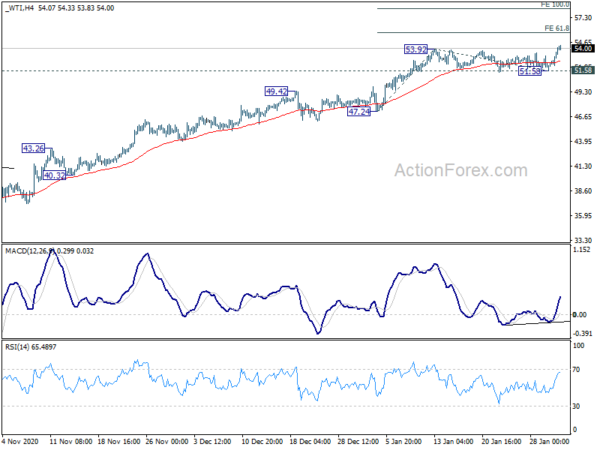
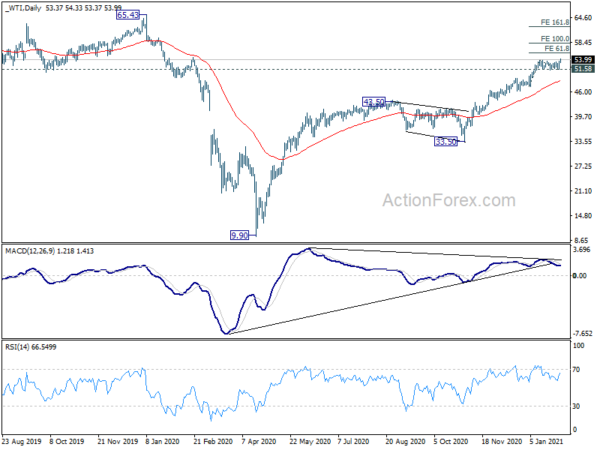
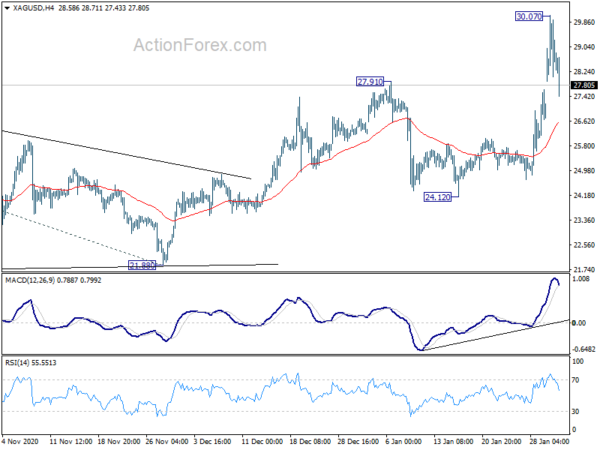
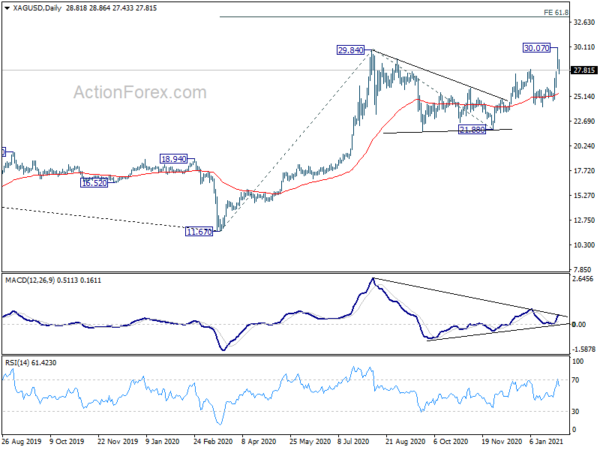

New Zealand ANZ business confidence rose to 11.8, no more RBNZ cut expected
New Zealand ANZ Business Confidence rose to 11.8 in February’s preliminary reading, up from December’s 9.4. Own activity outlook rose to 22.3, up from 21.7. Looking at some more details, employment intensions rose to 10.6, up from8.8. Investment intentions improved notably to 17.8, up from 8.56. But export intensions dropped to 6.3, down from 10.3.
ANZ said: “We are forecasting wobble in demand in the first few months of this year as the true cost of the closed border for the tourism industry starts to become apparent. But it’s fair to say there’s not much sign of it yet, with the roaring housing and construction sectors filling the void, albeit fuelled by credit rather than foreign exchange earnings. Further monetary stimulus is looking less necessary by the week, and we no longer expect any more OCR cuts this cycle.”
Full release here.